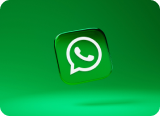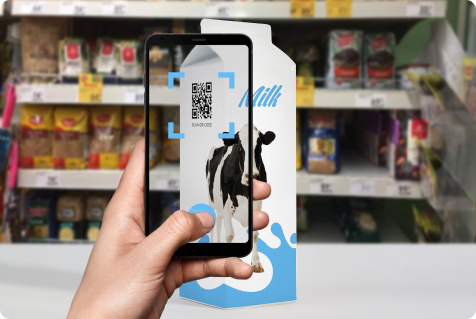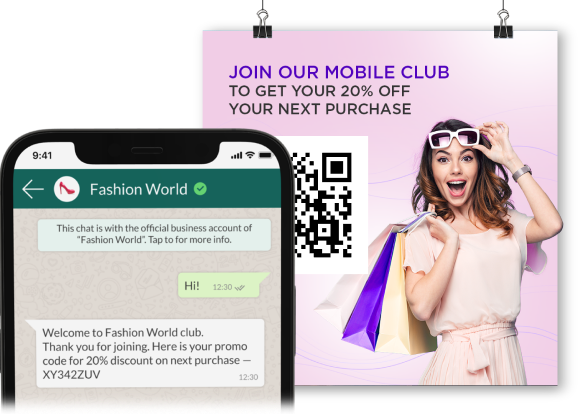Selecting the Right Platform for Customer Acquisition — And What You Need to Watch Out For
While most traditional retailers do realize the need to reach out to their audiences digitally, they still lag when it comes to understanding which
technologies will give them a real edge. They rightly identify WABA / Live Chat (Web & Mobile) and Facebook Messenger to be the most popular
channels, but need some handholding when it comes to selecting the right communication solution provider that will connect them seamlessly
with millions of customers. And it’s a crucial choice that will largely determine how well their efforts are ultimately rewarded. A few things to be
mindful of while picking the right partner are:
Is my solution provider officially authorized to offer such services?
Make sure your provider is authorized to do so. That way, you can rest assured your connections are private, secure, end-to-end encrypted, and GDPR compliant. Also, you never need to worry about getting your account banned and losing all communication data.
Will the platform integrate with my existing business tools?
Make sure the platform you choose easily integrates with your existing CRM systems such as POS, e-commerce platforms, ordering systems, logistics, delivery systems, and existing bots. This has multiple benefits — it will help you augment your existing systems, minimize costs of upgrading infrastructure, gather new customer data and integrate it with existing data, and enable diverse teams such as sales, marketing and customer care to work together to create outstanding customer experiences.
Does it have communication automation capabilities to gauge channel preferences of my customers and engage with them accordingly?
Communication channel preferences of customers widely vary depending on the customer demographics as well as the kind of interactions they are seeking — some may prefer live chat to resolve queries and email to receive order invoice. Others may prefer WhatsApp for all interactions. Brands often fail to reach out to customers on their favorite channels, leading to low conversions and dissatisfaction.
The right technology partner can help you personalize each interaction at scale by leveraging omnichannel communication automation. Such an advanced automation tool helps you to put in place channel cascading rules based on your customer’s choice.
Is my omnichannel presence managed by a single, easy-to-use interface?
Make sure you have a unified platform that collates data from multiple channels to give you a single, all-round view of the customer. See that your communication hub has a single queue for multiple chat conversations, which will help you avoid the hassles of flicking through multiple windows. Also, it should offer customer insights, KPI dashboards, and chat controls in a single window interface to provide a truly unified experience — not just for customers but also for employees who are working to provide that experience.







